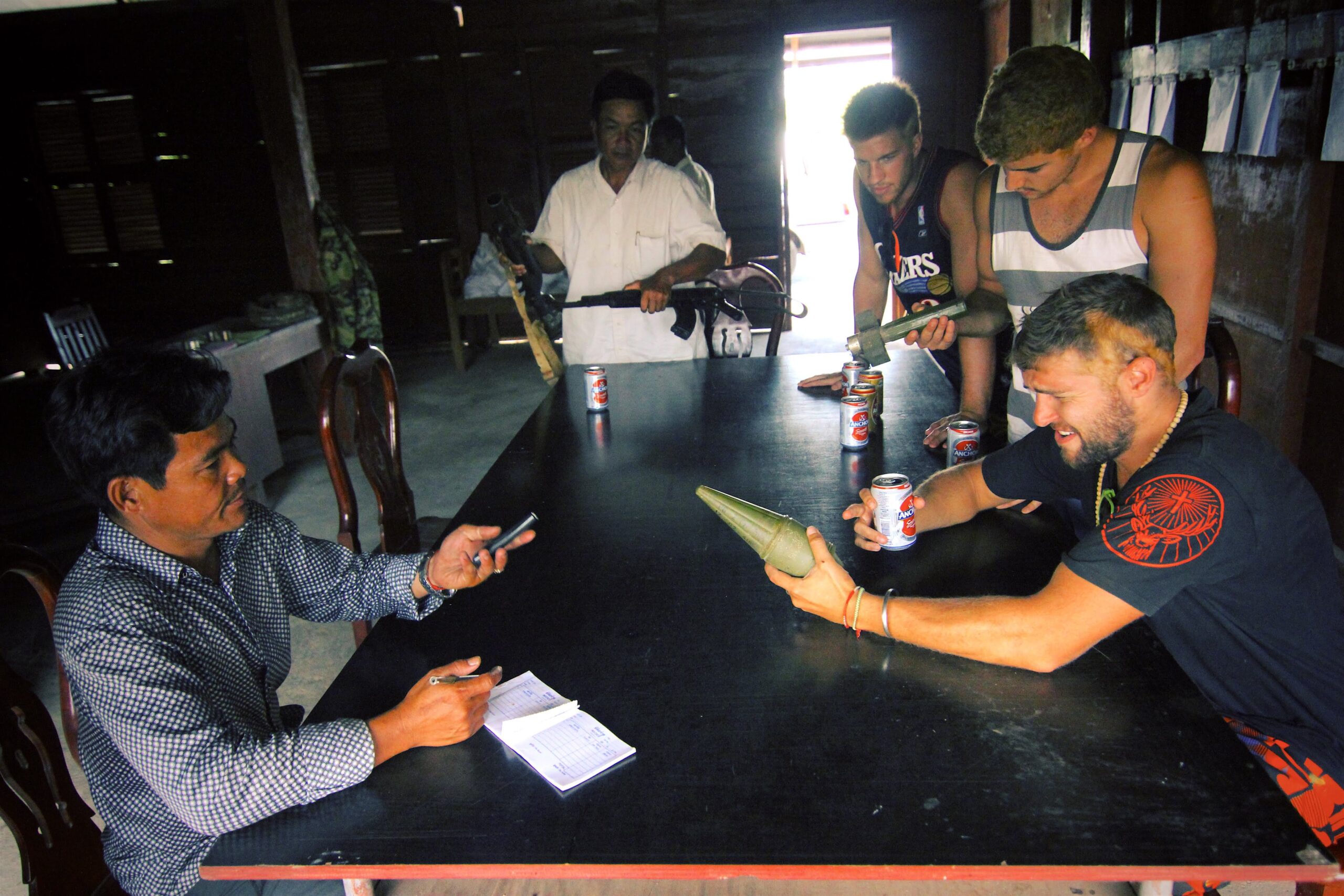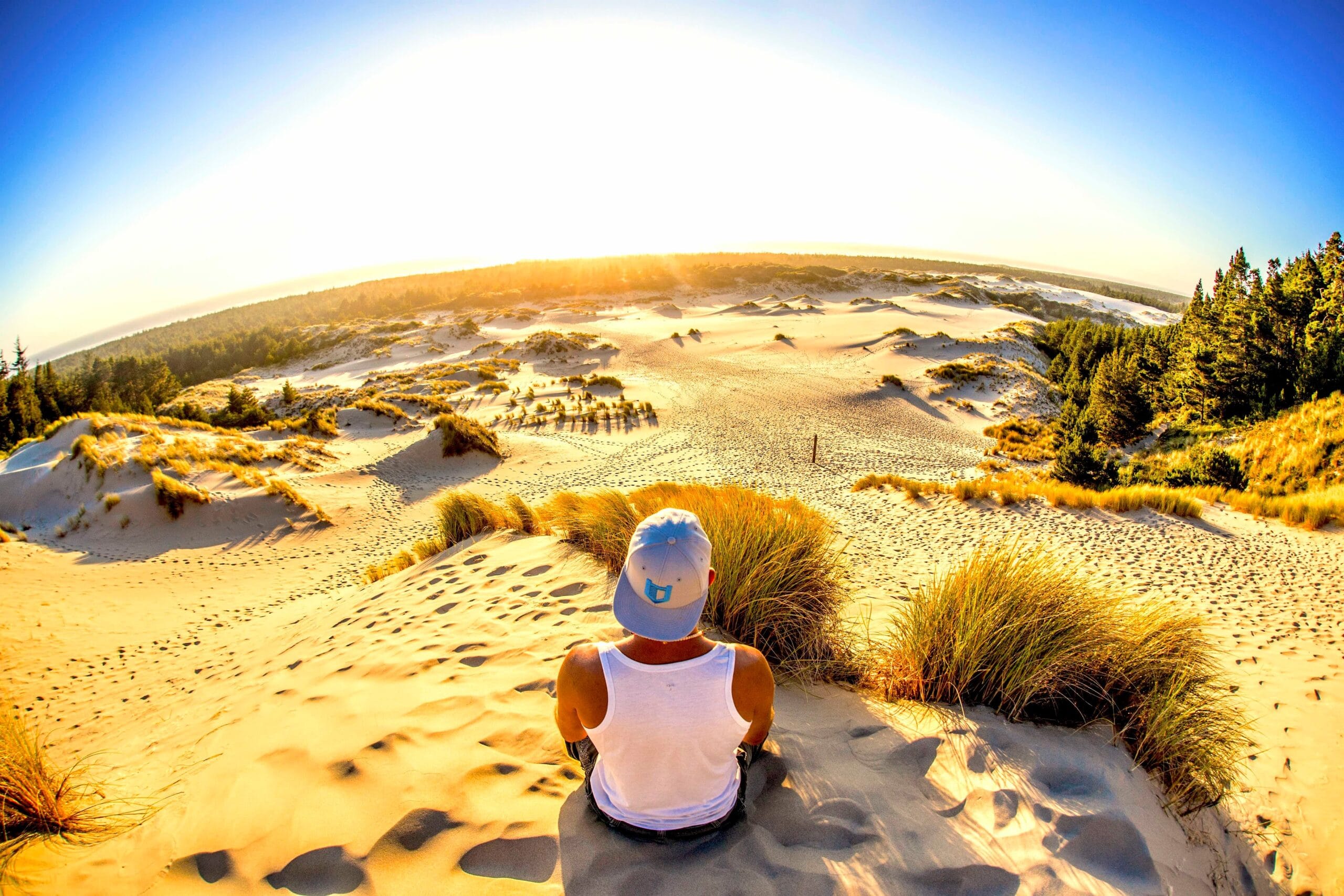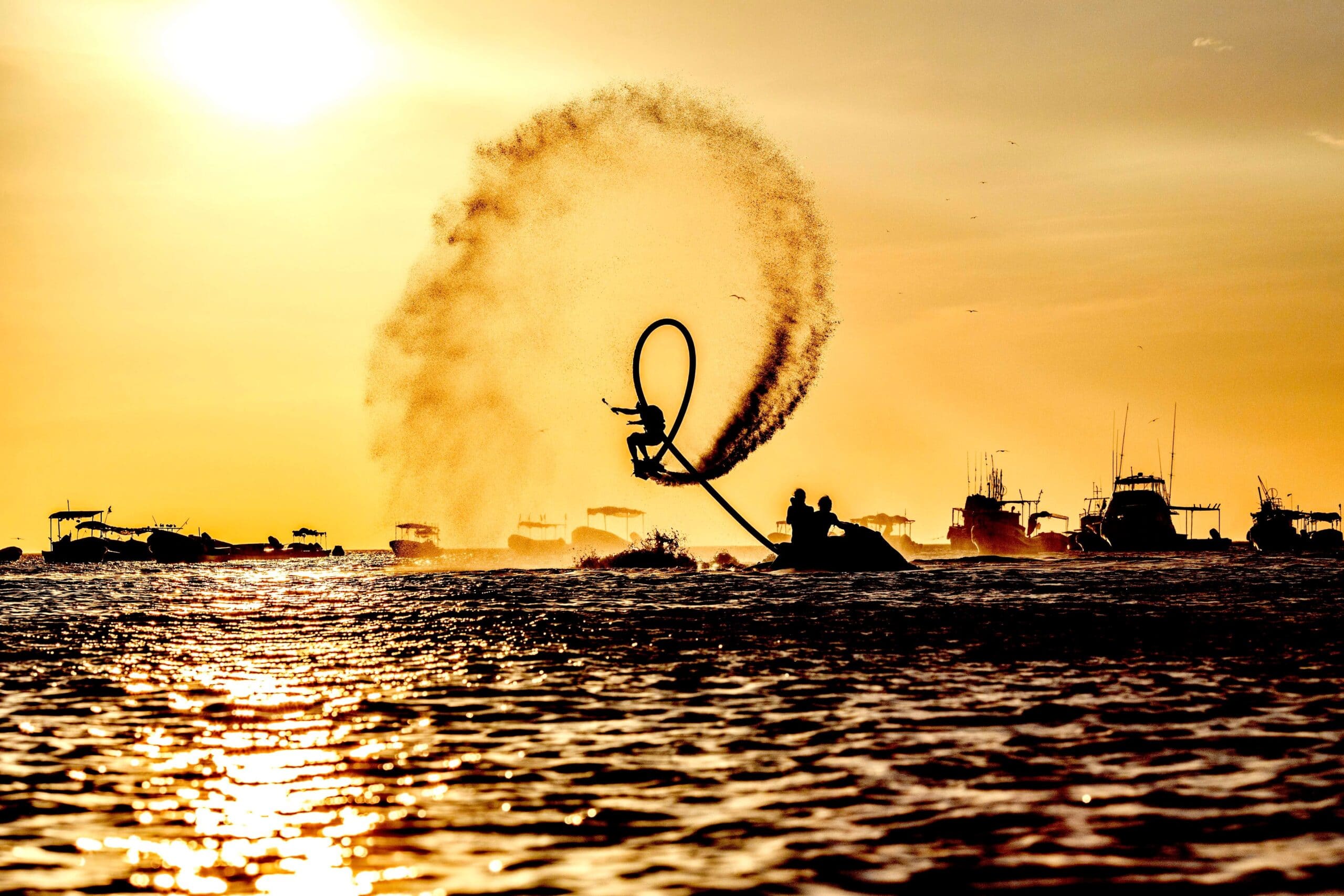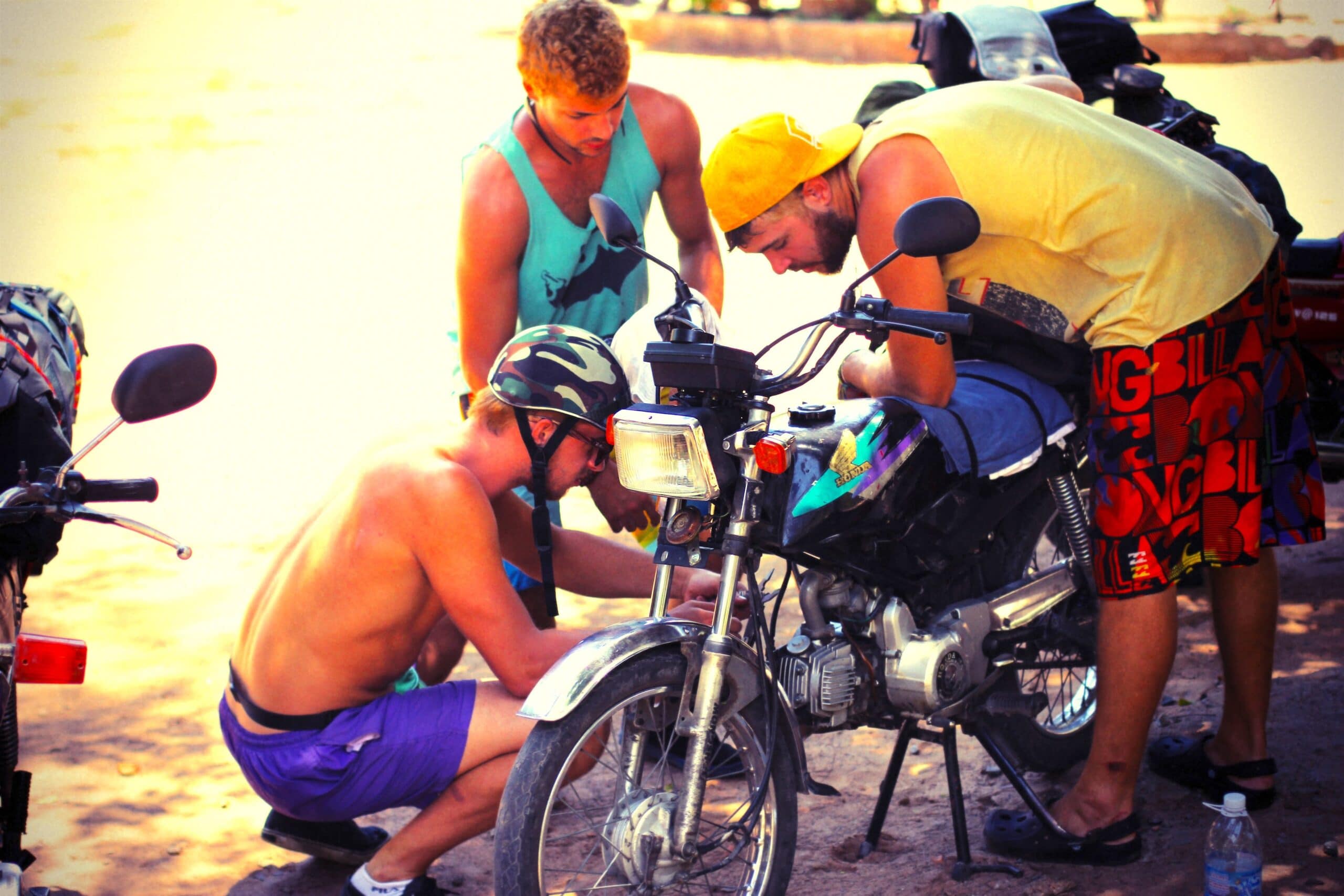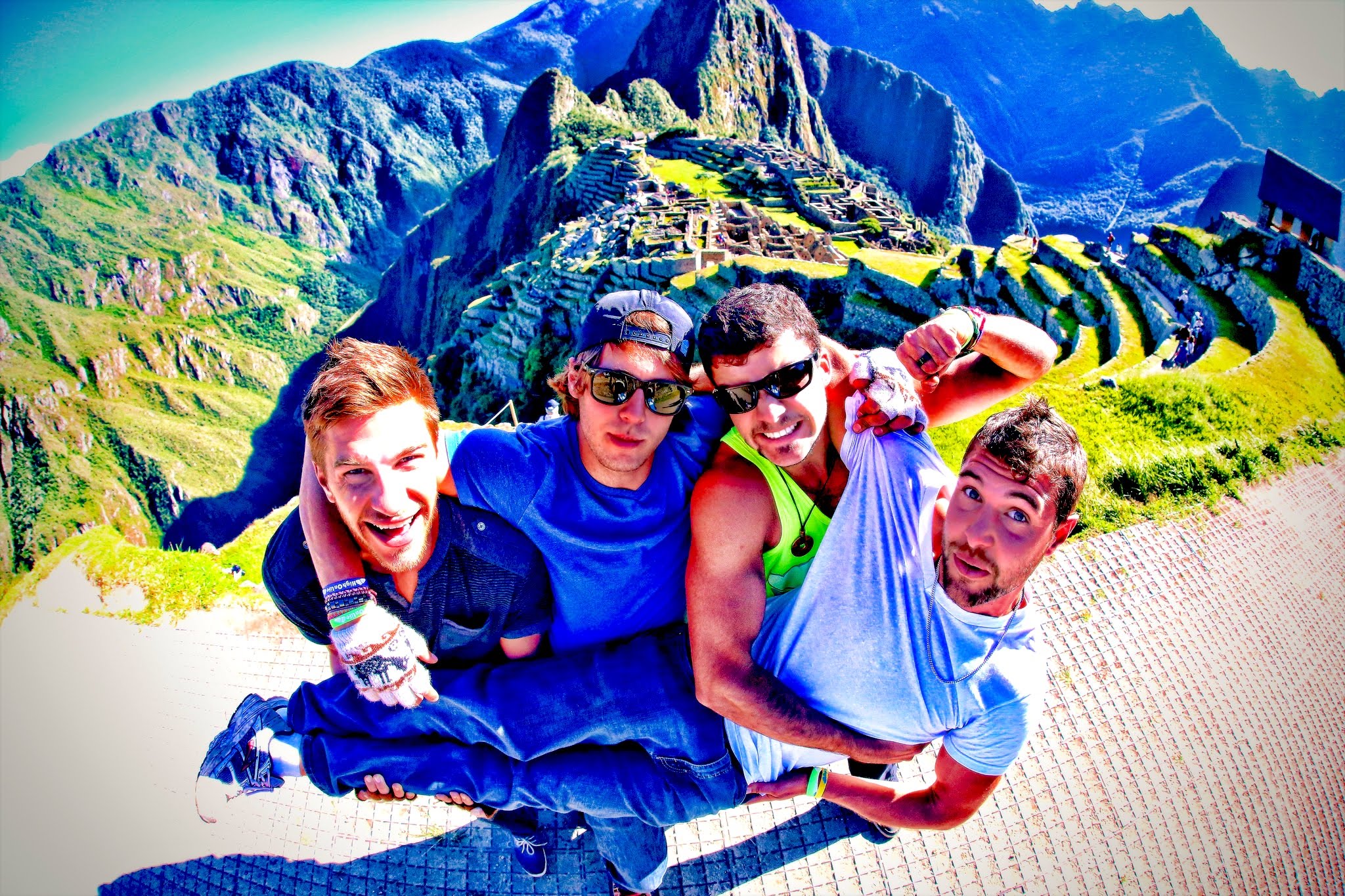Understanding the Rules of the Tour de France
To the uninitiated, the world of cycing and specifically, the Tour de France can be a bit confusing. With all the talk of yellow jerseys, time trials, race leaders and feed zones, the Tour de France is sometimes a bit intimidating to new fans. And what in the world is with the teams? It’s an individual sport, right? Well, have no fear, cycling newbies: your initiation is here!
First, let’s discuss the whole team thing. Riders group up in teams as a part of their strategy, more than anything else. You might wonder how much strategy can be involved in riding a bike as fast as you can to a finish line, but you’d be surprised! Each team member usually has their own objective and role in the overall team strategy. The goal is for a member of the team to win the overall classification, or first place, in the Tour de France.
Teams must adhere to rules, just like individuals. First of all, team members all wear matching outfits. However, the jerseys can deviate from that of the team designation if a rider of a team has earned an honor that gives them a special jersey. These honors include being the overall leader of the race (yellow jersey), the best rider on climbing, or mountain stages (polka dot jersey), the best sprint rider (green jersey) and the best young rider of 25 years or younger (white jersey). These jerseys are updated as the race continues, and can change hands several times during the race, or even with every new stage.
Stage, you ask? What’s a stage? Well, long races such as the Tour de France, which typically lasts over three weeks, are divided into one-day portions called “stages”. The stages themselves are usually based upon a certain theme or type, of which there are a few. There are climbing, or mountain stages, sprint stages on flatter ground, individual time trials, where riders race alone for a great time, and others.
The stages are generally mixed up and spread out throughout the overall race, and are balanced so no one type of rider can dominate the race. Since most riders specialize in a certain type of racing (for instance, climbing), you can understand how important it is to balance the stage types within the race.
One of the newer requirements, or at least a requirement that is stricter than before, is the required use of a helmet in all stages of the Tour de France. It’s hard to believe, but there was a time when helmets weren’t required at all, even during 50 mile per hour descents down steep mountains! With injuries and even a rare death contributing to concern over rider safety, helmet requirements have stiffened over recent years.
The feed zone may sound like it’s from the world of cattle raising rather than cycling, but the eating and drinking of Tour de France cyclists is actually serious business. Tour officials closely monitor what goes into their competitors, and things like water bottles have to be approved by them before they can be used. The feed zone is just what it sounds like, an area where riders can grab some quick nourishment as they roll by on their bicycles. Sometimes, cyclists can also be handed water or snacks on other areas of the course by team officials in vehicles or motorcycles (no, seriously), but that’s also closely monitored by Tour de France officials.
One relatively sad, but necessary, evolution of Tour de France rules is reflected in the mandatory drug testing that takes place at every stage in the race. Every participant is tested before the race, and once the race starts, random cyclists are selected at each stage to be tested as well. The stage and race leaders are given a drug test at each stage automatically.
The Tour de France is a simple, yet complicated affair. In essence, it is simply a bicycle race, with riders trying to finish as fast as they can. However, the level of competition has made many rules and policies necessary to ensure fair and efficient competition. Knowing the rules can help you enjoy the Tour de France much more. Make sure to learn all you can before this year’s Tour de France kicks off!
PPPPP
Word Count 721

